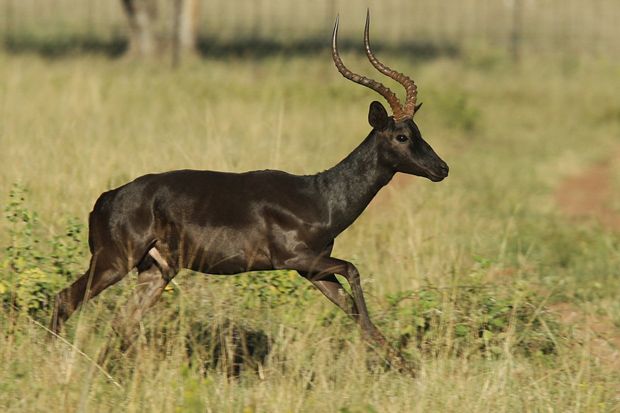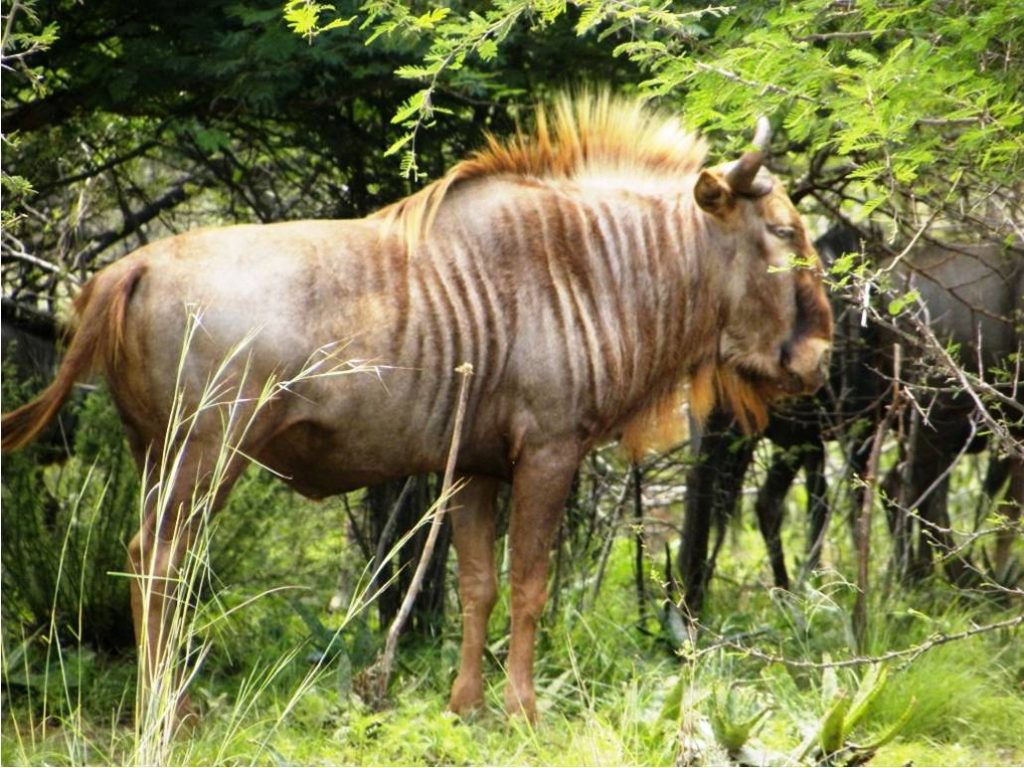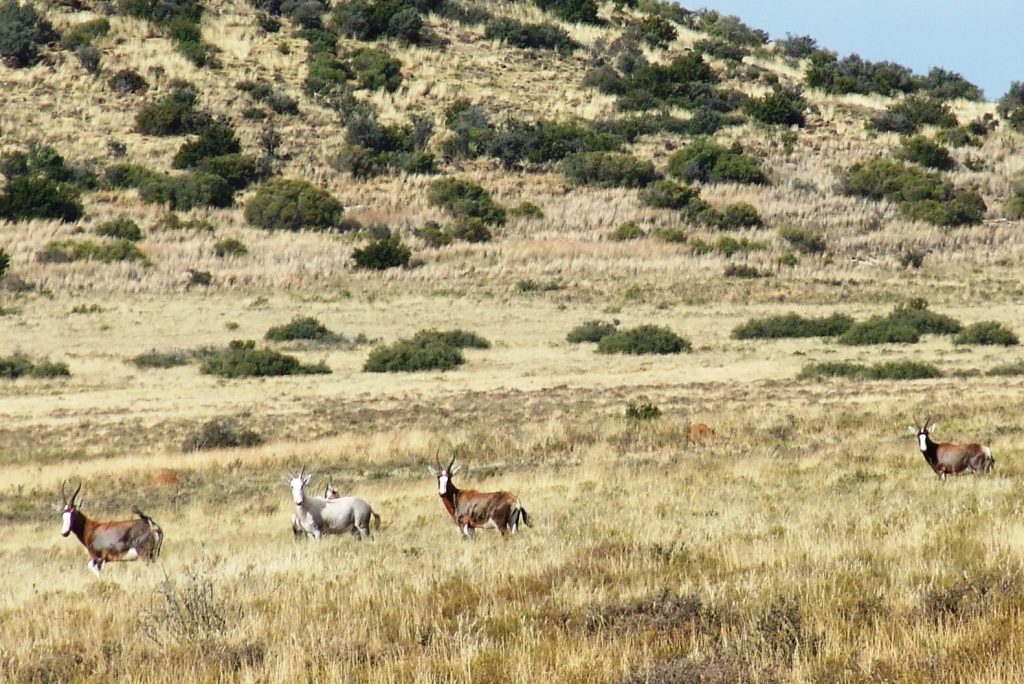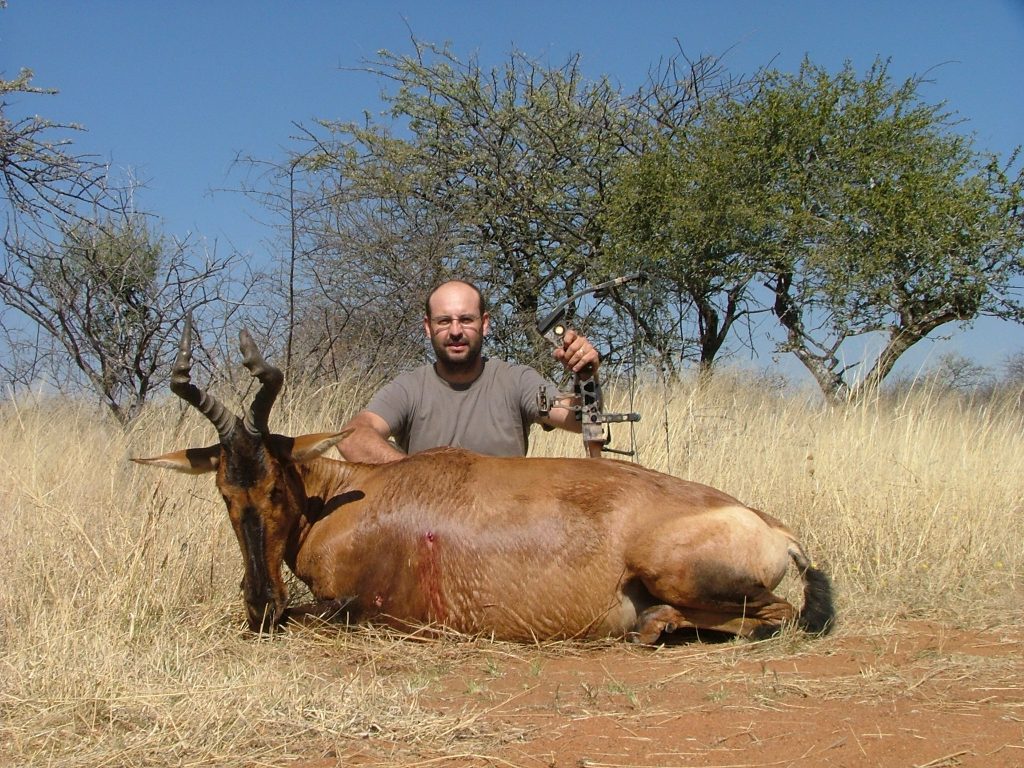I hope I am wrong. I really do.
I will be more than happy one day to sit with egg on my face having been proven wrong. I love the wilds and wildlife of Africa. I have spent 50 years of my life working in wild places and with wild animals. It would sadden me greatly to see it all go – more than words could express.
I have avoided writing anything on this subject for more than 4 years now because I have been wrestling with the issue and closely monitoring what is going on in our country, in neighbouring countries, and further afield. It is leading me to an inevitable conclusion.
A number of years ago, I read an article by Fritz Rabe (a man for whom I have great respect) entitled “What is the future of SA’s game?” It is a well-written article, and I agree with most of the content. I have decided to say something about what I believe to be the future of South Africa’s wildlife and conservation industry. Whereas Fritz concluded his article with the optimistic words, “We will succeed as before,” this is where our viewpoints part ways. Fritz, my friend, I sincerely hope you are right, and I am wrong because I cannot, in all honesty, adopt the same optimistic outlook, and I will explain why.
Firstly however let me agree with Fritz on the following:
- The game ranching industry has been HUGELY beneficial to conservation and the well-being of South Africa’s wildlife populations and protected areas. Of this, there can be no question whatsoever.
- Early game ranchers both in Zimbabwe (Rhodesia) and South Africa were very courageous to embark on farming with wildlife when most stock farmers thought they were stupid to even attempt to do so. They must be lauded for being prepared to take significant risks and ultimately for making a success of the game ranching industry. Many of their former critics soon followed in their wake when they saw how successful farming with wildlife could be.
- Game ranchers continue to pursue their enterprise at great risk and are entitled to ask exorbitant prices to hunt or sell live game. This is an issue I have really struggled to come to terms with and I too, initially, was angry because high costs were starting to make hunting for many South African hunters unaffordable. But as Fritz so rightly stated game ranching is a business driven by profit motive and I realized that high risk is worth high rewards. Yes the ordinary guy like me might not be able to hunt as frequently as I used to because I can no longer afford to do so but then I will appreciate much more the opportunities that occasionally may present themselves. When something is cheap its value if often unappreciated. I too do not carry risk so to the game rancher his due.
- The game ranching and hunting industry have collapsed in Zimbabwe – they are a vestige of what used to be. Wildlife populations in Zambia and Zimbabwe have crashed because of poor management.
Where we may differ in opinion is the following:
Breeding of colour variations
Whereas I understand that this too is driven by the profit motive, with the landowner hoping that there will be a demand for colour variants in the future (from hunters – mostly foreign who can afford them?), I am at odds with meddling with the Creator’s handiwork. I believe that ultimately it will have very negative effects on the genetic health of the animals being manipulated. In the crop and livestock farming world there is mounting evidence of the disastrous effects that are resulting from genetic modification – both to the species themselves and to end consumers (Figures 1-4).




The risk of breeding colour antelope/wildlife variations is much greater than what may be appreciated. Not only with regards to the genetic health of the species involved but also to what purpose are colour variations being produced? The risk may backfire for the following reasons:
- The hunters (foreign) who are expected to come and hunt these species at high prices may never materialize. Not in the short to medium term anyway. Or there may be too few who can afford it to sustain the size of the emerging “colour variation industry” to make it profitable and more importantly – sustainable for all involved. The world economy is in a mess – many countries in Europe are on the verge of or are bankrupt. The United States of America is more than 18 trillion dollars in debt.
Many countries are now aligning themselves to alternative currencies and all indications are that the days of the American dollar as the reserve currency of the world are numbered. The expected hunters from Spain, the USA and those countries from which most foreign hunters emanate may never appear in the numbers expected or hoped for. Landowners will then sit with a product in surplus for which there is no market (except of course local hunters who cannot afford the rates). - There could, very likely, be a negative backlash from ethical sport hunters worldwide who may oppose the production of colour variants. I would not be surprised if organizations that keep records of hunting trophies may, due to pressure from ethical hunters, refuse to list species that have been genetically manipulated. I may be wrong but would not be surprised if this happened.
The expected market of hunters wishing to hunt genetically manipulated colour variants may thus be drastically reduced and the size of the pie from which many colour variant game ranchers hope to have a substantial slice may evaporate before their eyes. They should take this into consideration.
I have asked myself why so many game ranchers are becoming involved with the breeding of colour variants and I hope there may be some of you out there who will read this article and respond to enlighten me and others.
The profit motive is obvious. Sometimes I think game ranchers are more astute than most people give them credit for. Perhaps they have seen the “writing on the wall” and are developing a product for which they hope there will be a soon and substantial reward to provide for themselves and their families before they pack up and head off for Australia. There is some sense in this and I wish them well.
However, I find it difficult apart from this to understand the rationale behind this emerging branch of the wildlife industry. I don’t think it will sit too well with the current government – who will see it as elitist and a waste of agricultural land. Unless of course some conniving politician, him or herself, sees it as a “get rich quick” opportunity and climbs on the bandwagon.
To what end other than (1) selling animals to trophy hunters at exorbitant prices or (2) selling trophy and colour variant animals or their genetic material to each other in a “cartel” (for want of a better word) of game ranchers, could this enterprise be headed? I admit to being quite confused. What is the end game?
“Alles sal regkom” or “We will succeed”
I wish I was an optimist. They are usually happy, carefree people who die laughing. I am, unfortunately, a realist. Which is different from being a pessimist who just gives up without trying. I look at the real world around me at what is happening and try and figure out a way to cope with what is coming. I try to find workable answers to challenges and problems – but I don’t live with my head in the sand.
As much as I wish I could state otherwise (and again I hope I am wrong) I do not see a bright future for the game ranching industry if it continues heading in its current direction. This I say for the following reasons:
- Look at Zimbabwe as an example – I don’t have to elaborate – let the facts speak for themselves. Some of our country’s more radical politicians model themselves on the now-deceased president of Zimbabwe, Robert Mugabe, who championed land grabs in his country and was instrumental in the collapse of the game ranching/hunting industry and the precipitous decline in wildlife populations.
- How come law enforcement agencies in South Africa have not been able to put a stop to rhino poaching? Could it be that government officials (to a very high level) are involved and who are enjoying some of the financial benefits accruing from the illegal sale of rhino horn and who by their actions show that they could not care a hoot about conservation?
- In the same way that ESCOM (which is just more visible to the public eye) is falling apart at the seams and unable to deliver their product primarily because they have employed unqualified people, the affirmative action policies are proving to be detrimental to government conservation agencies on the national, provincial and municipal level.
- The government (representing the “people”) is not well disposed to game ranching. They see the land set aside for this purpose as wasteful and not benefitting the “masses”. The more “elitist” they are perceived to be the less well-disposed the government will be. Private game ranches were some of the first properties to be invaded by land-grabbers in Zimbabwe.
- The government has specified a limit to the size of privately owned land which would limit the size of game ranches making them ecologically less sustainable.
- The government is also passing legislation stating that foreigners may not own “agricultural land” (which includes private conservation areas). This is sure to put off foreign investors – many of which are already heavily invested in some of the biggest privately owned conservation and game ranching reserves.
- The government keeps extending the date for the final submission of land claims and certain political groups have begun with land invasions.
- The legalizing of expropriation of land without compensation is a real possibility.
To put it very bluntly we are going the same way as Zimbabwe. The slide has been slower than what it was in our northern neighbour but it is rapidly gaining momentum.
There are two possible solutions that may (or may not) ensure the future survival of game ranching in South Africa.
- They are going to have to play a MUCH bigger and more active role in food security – providing food for the masses at an affordable rate. I hope this does not fall on deaf ears (Figure 5).

- They are going to have to fall back on the biltong hunters again when the number of foreign hunters declines – offering hunts at affordable rates (Figure 6).

- Figure 6 Local biltong hunter
What goes around comes around.

